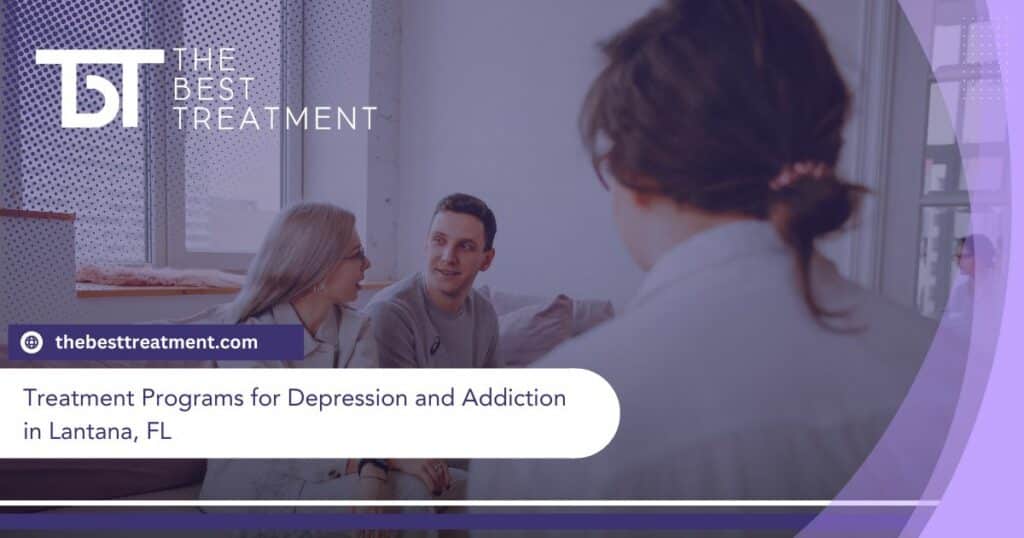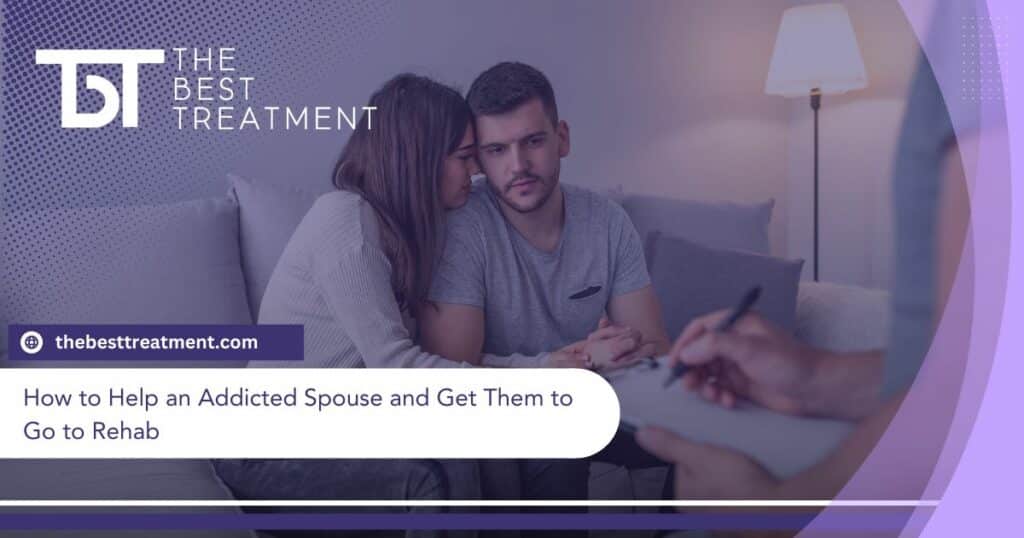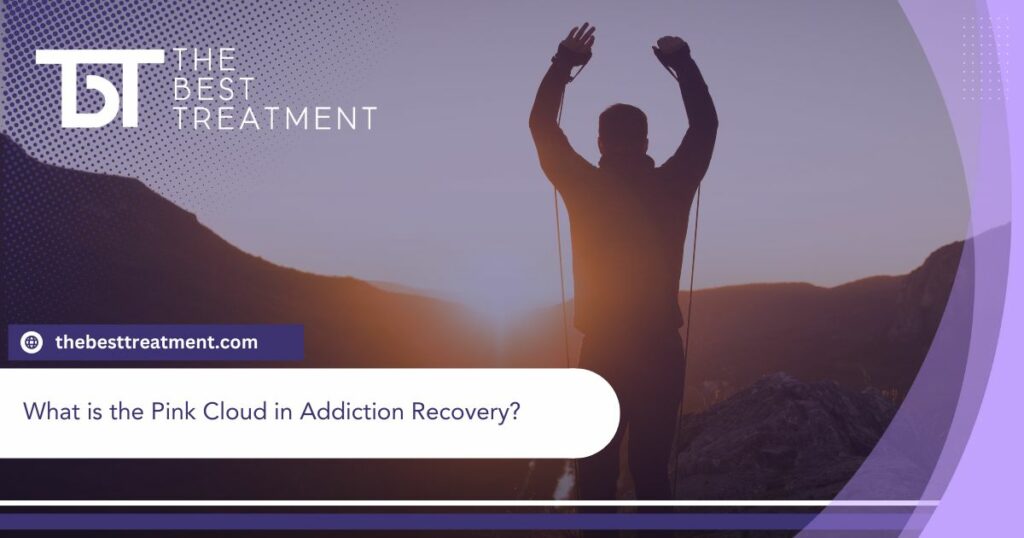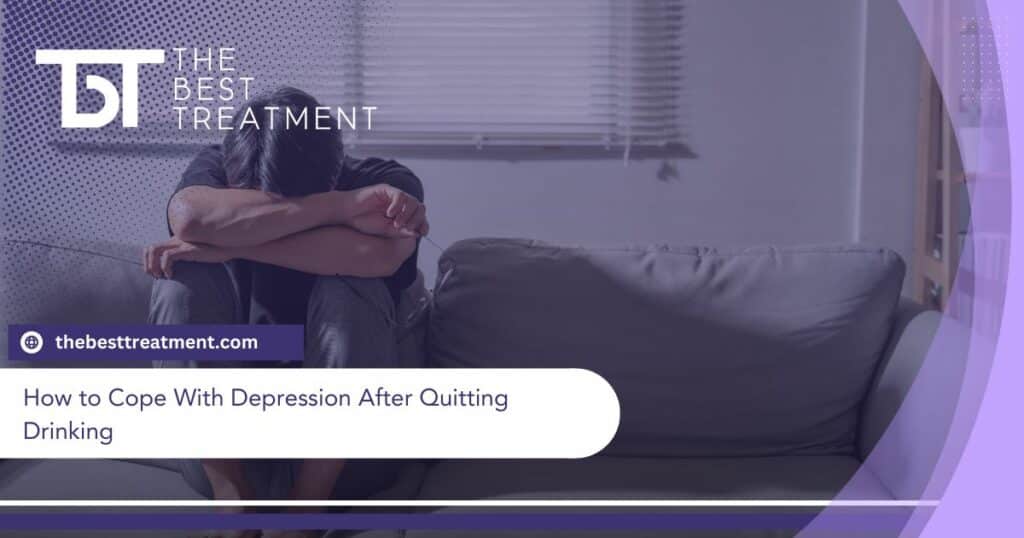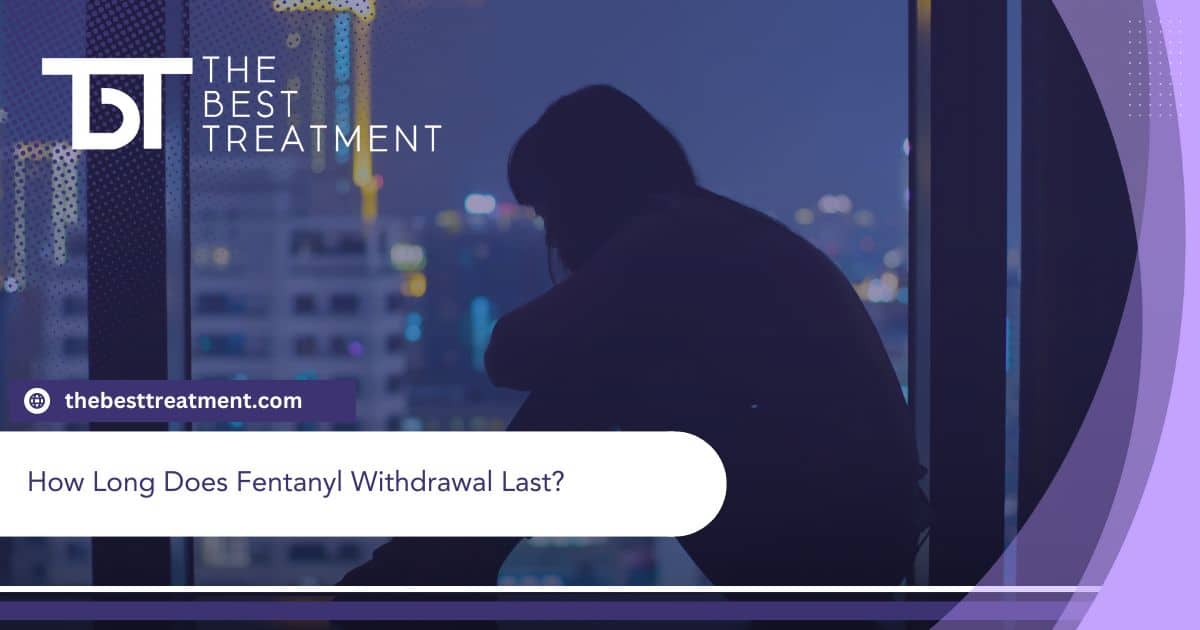Table of Contents
Fentanyl is a powerful synthetic opioid that is prescribed to treat severe pain–typically after surgery or in opioid-tolerant individuals. Estimated to be 50 times stronger than heroin and 100 times stronger than morphine, fentanyl can be highly addictive and deadly when it is abused.[1] According to the CDC, fentanyl was responsible for 71,238 overdose deaths in the United States in 2021–up from 57,834 in 2020.[2]
People who become addicted to fentanyl often experience withdrawal symptoms if they abruptly reduce their dose or stop using the drug. Fentanyl withdrawal can range from mild to severe and requires professional treatment.
In this article, you will learn:
- How long fentanyl withdrawal lasts
- What withdrawal symptoms may occur
- About the fentanyl withdrawal timeline
- How a medical detox center can help
If you or someone you love are struggling with opioid addiction, reach out to The Best Treatment Center today to explore your treatment options.
What is Fentanyl Withdrawal?
Fentanyl works by binding to opioid receptors and affecting areas of the brain that control pain perceptions and emotions. It produces reinforcing effects–a wave of euphoria and a rush of feel-good chemicals–that make it a likely drug of abuse.
After repeated fentanyl abuse, the brain and body adapt to having the drug in the system, resulting in tolerance. When tolerance develops, the body is less sensitive to the effects of fentanyl, and people have to take more to experience the desired effects.
With higher doses comes escalating fentanyl use and, eventually, physical dependence. Dependence refers to the body’s physiological process of adapting to the drug’s presence. When an individual who is physically dependent tries to cut back on or stop their fentanyl use, they experience withdrawal symptoms. Withdrawal is the body’s way of demanding more fentanyl as it attempts to re-adjust to functioning without it.[3]
Fentanyl Withdrawal Symptoms
Fentanyl withdrawal is usually not life-threatening, but it can produce a variety of uncomfortable, even painful symptoms, including:[4]
- Yawning
- Runny nose
- Watery eyes
- Nausea
- Vomiting
- Diarrhea
- Reduced appetite
- Sweating
- Chills
- Goosebumps
- Dilated pupils
- Restless leg movements
- Body pain
- Muscle aches
- Stomach cramps
- Irritability
- Depression
- Anxiety
- Strong cravings
- Elevated body temperature
- Tachycardia (increased heart rate)
- Insomnia
- Dehydration
The severity of withdrawal depends on the extent of fentanyl use as well as overall health. Without professional withdrawal management, often involving medications like methadone and buprenorphine, complications can occur. Detoxing at home can result in a relapse or severe dehydration, both of which can be life-threatening.[5] The risk of overdose is increased after a period of detoxification due to a reduced tolerance.
How Long Does Fentanyl Withdrawal Last?
The onset and duration of withdrawal symptoms depends on various factors, such as:
- How long fentanyl was used
- The dose of fentanyl used
- Frequency of use
- Age, weight, and metabolism
- Co-occurring health conditions
Symptoms of fentanyl withdrawal usually arise 6-12 hours after the last dose, peak between days 1 and 3, and subside after about 5-7 days.
Withdrawal Timeline Breakdown
- 6-12 hours – Early withdrawal symptoms, such as runny nose, watery eyes, and other flu-like symptoms can appear as early as six hours after the last dose. Anxiety, cravings, and chills are also common.
- 1-3 days – Withdrawal symptoms peak between one to three days after the last dose. Peak symptoms include strong cravings, upset stomach, abdominal pain, sweating, chills, insomnia, and more.
- 5-7 days – Symptoms subside in most people after 5-7 days. Some lingering symptoms, such as sleep problems, anxiety, depression, and cravings, may persist.
- Weeks to months (Post-acute withdrawal) – In long-term or heavy fentanyl users, some symptoms, known as post-acute symptoms, can last longer than acute symptoms. Insomnia, sleep disturbances, dysphoria, anhedonia (inability to experience pleasure), anxiety, and drug cravings can last for weeks or months.[6]
Medical Detox for Fentanyl Dependence
Cold turkey fentanyl withdrawal can cause significant discomfort. Many people who try to quit on their own end up relapsing while trying to alleviate their withdrawal symptoms. Not only that, but symptoms can appear quickly, rapidly changing and intensifying unexpectedly. As a result, it’s always best to detox under medical supervision.
Medically-assisted detox centers provide around-the-clock supervision and support, ensuring safety and comfort during the withdrawal process. Medications are prescribed to reduce withdrawal symptoms, ease cravings, and minimize the risk of relapse. Once done detoxing, staff can help ensure a seamless transition to inpatient or outpatient programs for continued addiction treatment.
How long does a fentanyl detox program take?
A detox program ends when the individual is medically stable and no longer experiencing acute withdrawal symptoms. How long it takes to detox from fentanyl varies from one person to the next depending on the frequency of use, length of use, and other factors. However, most people spend less than a week in a detox program before transitioning to an inpatient or outpatient substance abuse treatment program.
What medications are used during detox?
There are effective and safe ways to manage fentanyl withdrawal. In a detox program, medical professionals may prescribe certain medications to alleviate drug cravings and withdrawal symptoms. Medications that may be used during fentanyl detox are:[7]
- Methadone – an opioid agonist that blocks cravings and reduces withdrawal symptoms
- Buprenorphine (Subutex or Suboxone) – a partial opioid agonist that eases withdrawal symptoms and cravings
- Clonidine – a beta blocker and antihypertensive that may be prescribed to alleviate high blood pressure or anxiety symptoms
- Lofexidine (Lucemyra) – a newer, non-opioid treatment that can be used to manage withdrawal symptoms after quitting opioids
Additionally, symptom-specific medications can be prescribed on a case-by-case basis. For example, those struggling with insomnia may be given sleep medications and those struggling with diarrhea may be given antidiarrheals.
Get Help for Fentanyl Addiction Today
If you or a loved one are struggling with fentanyl addiction, there is help available. At The Best Treatment, our compassionate team of addiction specialists in Lantana, Florida uses evidence-based treatments across multiple levels of care to help individuals achieve recovery. With a personalized approach and state-of-the-art facility, our program is designed to support your unique needs. To learn more about our fentanyl rehab programs or get started with a confidential, risk-free assessment, please contact us today.
References:
- National Institute on Drug Abuse (NIDA): Fentanyl DrugFacts
- Centers for Disease Control and Prevention (CDC): U.S. Overdose Deaths In 2021 Increased Half as Much as in 2020 – But Are Still Up 15%
- National Institute of Health (NIH): The Neurobiology of Opioid Dependence: Implications for Treatment
- Wiley Online Library: Opioid withdrawal symptoms, a consequence of chronic opioid use and opioid use disorder: Current understanding and approaches to management
- Wiley Online Library: Yes, people can die from opiate withdrawal
- Science Direct: Identification and Evidence-Based Treatment of Post–Acute Withdrawal Syndrome
- Substance Abuse and Mental Health Services Administration (SAMHSA): Medications for Opioid Use Disorder
Medically Reviewed: September 25, 2019

All of the information on this page has been reviewed and verified by a certified addiction professional.






